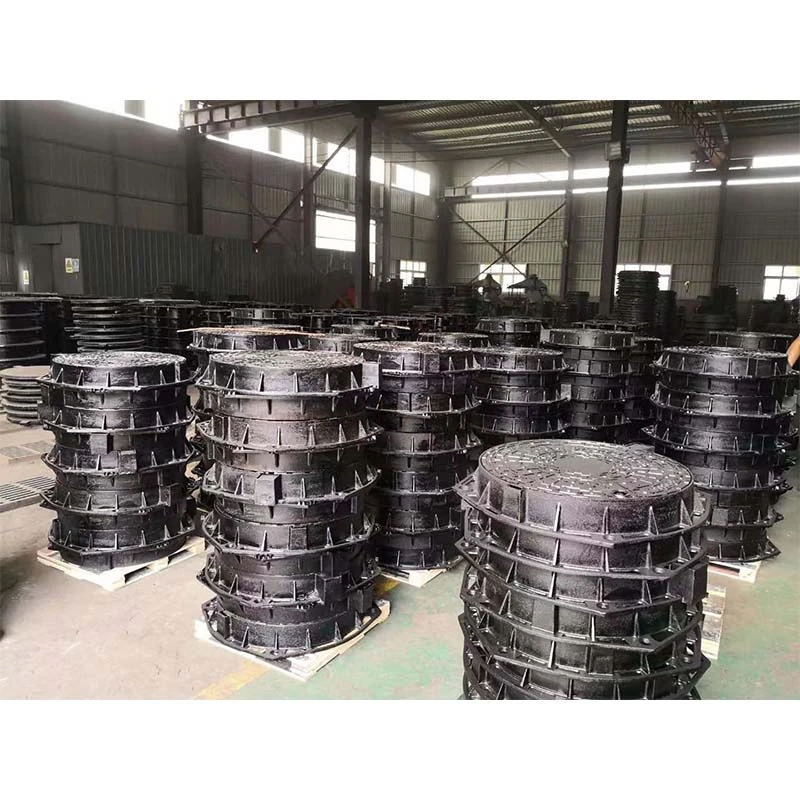polypropylene butterfly valve
Polypropylene Butterfly Valves A Comprehensive Overview
Polypropylene butterfly valves are essential components widely used in various industries for controlling and regulating fluid flow. These valves combine the durability of polypropylene—a thermoplastic polymer known for its resistance to chemicals and corrosion—with the efficient design of butterfly valves. This article explores the benefits, applications, and features of polypropylene butterfly valves.
Understanding Butterfly Valves
A butterfly valve is a type of quarter-turn valve that consists of a circular disc or vane mounted on a shaft. The valve opens or closes when the disc rotates, allowing or restricting the flow of fluid. This straightforward mechanism makes butterfly valves suitable for applications requiring quick and direct control of flow. Polypropylene butterfly valves utilize a body crafted from polypropylene, which enhances their performance in environments where corrosion resistance is crucial.
Advantages of Polypropylene Butterfly Valves
1. Corrosion Resistance Polypropylene is inherently resistant to many chemicals, including acids and bases, making polypropylene butterfly valves ideal for use in harsh environments. They are commonly employed in chemical processing industries where other materials may fail.
2. Lightweight and Easy to Handle Polypropylene valves are significantly lighter than metal alternatives. This characteristic simplifies installation and maintenance, as well as reduces the overall load on piping systems.
3. Cost-Effectiveness The production of polypropylene butterfly valves typically involves lower manufacturing costs than metal valves, making them a more economical choice for many applications. Their longevity in corrosive environments also adds to their cost-effectiveness, as they require less frequent replacement.
4. Versatility Polypropylene butterfly valves are versatile and can be used in a wide range of applications, including water treatment, wastewater management, food processing, and pharmaceutical industries. Their compatibility with various fluids enhances their usability across different sectors.
5. Low Torque Requirement The design of butterfly valves requires minimal torque to operate, making them easier to actuate. This feature is particularly beneficial in automated systems where valve operation is controlled by electric or pneumatic actuators.
Applications of Polypropylene Butterfly Valves
Polypropylene butterfly valves find extensive application across multiple industries
polypropylene butterfly valve

- Water Treatment In water supply and treatment plants, these valves control the flow of water with high efficiency, minimizing leakage and ensuring reliable operation in corrosive environments. - Chemical Processing Due to their resistance to various chemicals, polypropylene butterfly valves are frequently utilized in the transportation and handling of corrosive substances.
- Food and Beverage Industry These valves are often used in food processing applications where corrosion resistance and hygiene are essential. Their non-toxic nature aligns with food safety standards.
- Pharmaceutical Manufacturing In pharmaceutical applications, maintaining the integrity of fluids is crucial. Polypropylene butterfly valves are favored for their ability to resist contamination and their ease of cleaning.
Key Features to Consider
When selecting polypropylene butterfly valves, several factors should be considered
1. Size and Specifications Choose the valve size that matches your piping system to ensure optimal performance. Various sizes are available to accommodate different flow rates and pressures.
2. Temperature Resistance Although polypropylene offers good temperature resistance, it is essential to check the specific temperature limits for the valve material used.
3. Pressure Ratings Ensure that the chosen valve can withstand the pressure conditions of your application.
4. End Connections Polypropylene butterfly valves come with various end connections, such as flanged or socket weld, which should be compatible with your piping system.
5. Actuation Method Depending on the application, you may consider manual operation, electric actuators, or pneumatic actuators for valve control.
Conclusion
Polypropylene butterfly valves are a reliable, cost-effective solution for fluid control in various industries. Their corrosion resistance and lightweight design make them suitable for a wide array of applications, from water treatment to chemical processing. When selecting a polypropylene butterfly valve, it’s important to consider size, temperature, pressure ratings, and actuation methods to ensure optimal performance in your specific application. By understanding their advantages and applications, businesses can make informed decisions that enhance system efficiency and reliability.
-
The Smarter Choice for Pedestrian AreasNewsJun.30,2025
-
The Gold Standard in Round Drain CoversNewsJun.30,2025
-
The Gold Standard in Manhole Cover SystemsNewsJun.30,2025
-
Superior Drainage Solutions with Premium Gully GratesNewsJun.30,2025
-
Superior Drainage Solutions for Global InfrastructureNewsJun.30,2025
-
Square Manhole Solutions for Modern InfrastructureNewsJun.30,2025
-
Premium Manhole Covers for Modern InfrastructureNewsJun.30,2025
